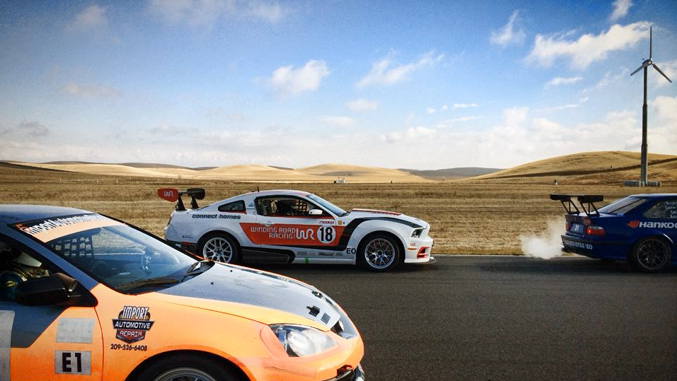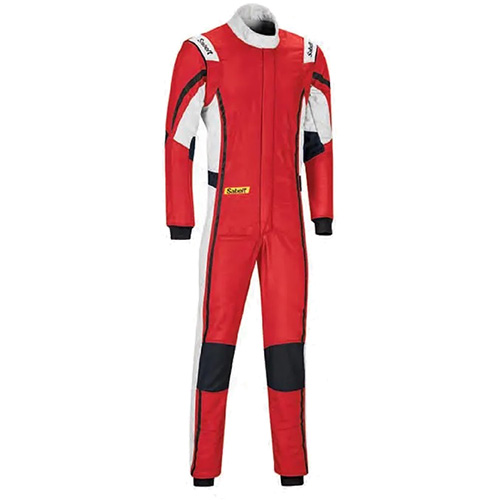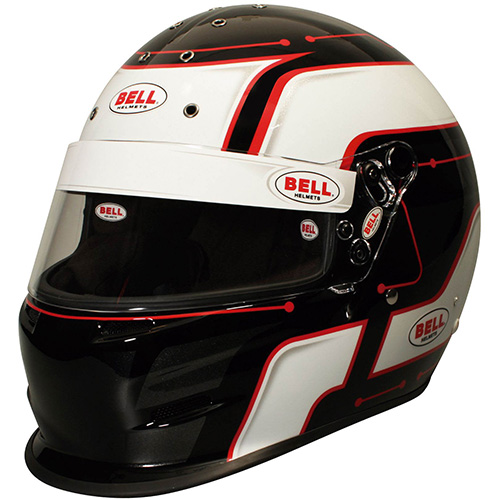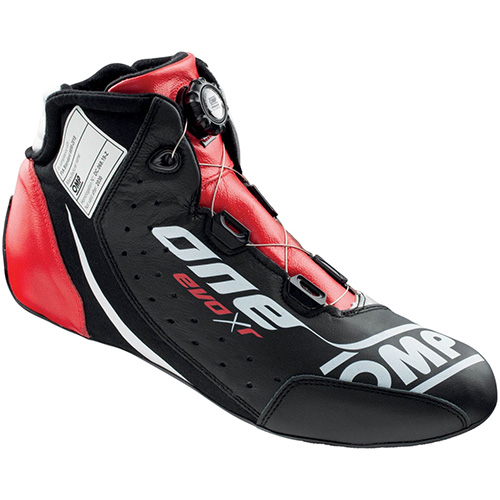Is Your Car Really Underpowered? Are You Sure?

We are at the track supporting many, many racers during any given year. And we get to hear a lot of feedback about the cars we're supporting (after all, a big part of our job is to make the car the best that it can be). One theme we've picked up on over the years is the idea that "the car is down on power". That can be true, either because of mechanical or electrical problems or because of damage (e.g. an over-rev). Also, it is possible for other drivers to have cars that are in a different (better) state of tune or a higher build level. There is a long list of ways to make race cars faster (legally), and these can be especially important in spec classes and lower-powered classes, where small differences like brake drag and hub friction and tiny horsepower differences sometimes show up.
But, our job is also to help the driver be the best that he or she can be. And, frankly, we worry that misunderstandings about "power" lead some drivers to focus on the car when the driver and the driving need attention.
We've looked at a lot of data from cars that are "down on power". We notice that this power deficit isn't as obvious as you might expect. We've dyno tested many cars thought to be down on power, only to find small horsepower advantages or no difference among cars. We also use analytical software to measure acceleration rates on the track, again often finding that cars thought to be "down on power" aren't empirically deficient. That said, sometimes cars thought to be down on power, are down on power, so be sure to tell your shop or team to investigate.
At the same time, we'd advise drivers and coaches to run through a checklist of driver behaviors that can lead to the sense that you are down on power when you aren't. And even if you are down on power, these are worth examining.

We begin by noting that most "down on power" observations happen on long straights. You're following a car and as you come through a corner and head down the straight, you find your competitor pulling away. Here's a list of possible driver-induced reasons for this that we've developed as a starting point for your self-examination:
1. Apex speed. Especially in slow corners, it can be hard to measure apex speed with your eyeballs. But if your competitor heads onto a straight with more speed, he will pull away a bit (or more). Use your data system, if you can, to make this comparison.
2. Throttle-on point. You and your competitor may have the same apex speed, but he may apply throttle earlier because of taking a somewhat different line than you do. If his turn shape allows earlier throttle application, he may pull away.
3. In too hot. A related point to the throttle application point is that some drivers come into corners very hot. They see that they reel in competitors ("I'm way faster in the turns"). But they significantly delay their return to throttle, because they have to continue to slow the car down to make the turn. This delays throttle-on and they get walked, not because of power but because of driving style.
4. Oversteer on exit. This one should be obvious, but sometimes your car loses a little bit of grip, you don't notice, but you can't get the power down as well as your competitor can.
5. Understeer on exit. When this happens, you probably have to breathe the throttle a bit to counteract the understeer. This can be so subtle and intuitive that you don't know you did it. But if your competitor isn't doing this, he or she has full throttle longer than you do. Check the data.
6. Drafting. A car in a draft will pull away from you if you are too far back. And, say you're the third car in a pack, well then if the front car has avoided the errors above and the second car is drafting him, the second car may get a better tow than you do. Do you know the optimal drafting distance in your class?
7. Shift speed. This is possibly the most overlooked item on the list. Assuming you are driving an H-pattern car, you and your competitor may have different shift speeds. A big point here is that we're not just talking about how fast you move the lever, but also referring to the timing of the clutch depression and release. A surprising amount of data shows differences between drivers in shifting skill. This affects the amount of power you deliver, so a slow shifter will put down less power, but not because the car is down on power.
That should get you started. It can help to make it a habit to discuss this with your racer friends or your coach and see what they think and what they look at.


















